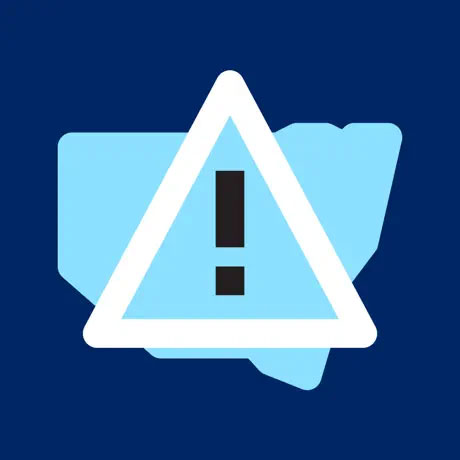Questions to Consider in your Bush Fire Survival Plan
- When will you leave – have you decided what will be your trigger for action? (for example, forecast conditions)
- Will your plan be different for different times and days, e.g. weekdays, weekends or if someone is at home sick or injured?
- Are all members of your household going to Leave Early?
- Where will you and your family go to ensure you are all safe?
- What route will you take and what is your back up route if a fire is already in the area?
- What will you take in your Emergency Survival Kit when you Leave Early?
- What will you do if there are multiple Catastrophic or Extreme fire danger days in one week?
- Do your friends, family and neighbours know the details of your plan?
- What will you do with your pets or livestock?
- Do you have a backup plan in the event it is unsafe to leave?
- How will you communicate if you and your family are at different locations with no mobile reception?
Even if your plan is to leave early, the more you prepare your home, the more likely it will survive a bush fire or an ember attack. A well-prepared home can make it easier for you or firefighters to defend, is less likely to put your neighbours' homes at risk and will also give you more protection if a fire threatens suddenly and you cannot leave.
RFS Leave Early Actions Checklists
Remember: you should only Stay and Defend if you have a well-maintained property and if you are physically, emotionally and mentally prepared to defend your home. If you are unsure, fire authorities recommend Leaving early as it is always the safest option!
- Is your property defendable?
- Are you physically and emotionally prepared to actively defend your property?
- How many people will be defending the property in the event of a bush fire? It is unsafe to defend a property on your own - if you are injured you may not be able to seek medical assistance and there may be too many locations that need attention for just one person.
- Do you have well maintained resources and equipment and do you know how to use them?
- Do you have an independent water supply or will you rely on water mains?
- Do you have appropriate protective clothing?
- Will your Bush Fire Survival Plan need to be different for weekdays, weekends or if someone is home sick?
- What will you do with your pets or livestock?
- Do you have a backup plan in the event it is unsafe to leave?
- Do your friends, family and neighbours know the details of your plan?
Fires are unpredictable and plans can fail. Having a back-up plan that identifies your shelter or last resort options may save your life if you are caught in a fire.
Shelter options may include:
- Neighbourhood Safer Places – places of last resort
- Ploughed paddock or reserve
- Body of water (beach, pool, dam or river). This does not include a water tank. Dams may not be reliable as their water levels fluctuate and they may be empty in summer.
- Stationary car in a cleared area. Learn how to protect yourself if caught in the car.
Useful links
Original documents of important documents may be lost in disasters. Safely storing and backing up these documents will prevent their loss at a time when they may be essential for timely access to support services.
Place your original important documents and records in a fire resistant, waterproof safe at home or in a safe deposit box. These may include:
- marriage or birth certificates
- wills and powers of attorney
- passports
Keep electronic copies of the following documents either by scanning them onto a USB, emailing them to yourself, saving them on a cloud or into your phone photo gallery:
- Proof of identification (licenses, birth certificates, marriage certificates, passports)
- Medicare
- Child certificates
- Religious certificates
- Diplomas/ Degrees/ Certificates
- Contracts
- Loans & current loans
- Proof of insurance policy
- Copy of tax file number
- Yearly tax statement
- Yearly super statement
- Investment/bank account details
- Medicare and private health funds details
- Mortgage deeds
- Rental agreements
- Pet Certificates- Vaccinations/ microchipping
- Warranties
- Images of your house for insurance
Additional resources
 It’s not just fire.
It’s not just fire.
Bush fires can lead to loss of life and cause serious damage to property and infrastructure, but the fire itself is only one part of the danger.
Fire embers (small pieces of burning bark, leaves and twigs) can be caught in the wind and travel many kilometres from where the bush fire is burning and cause spot fires to start.
View the CFA video about fire embers (Warning: distressing content).
The radiant heat from a large bush fire can be felt more than 100 metres away and can melt or crack objects such as glass windows, allowing embers into buildings and vehicles.
Radiant heat can also be deadly to people and animals, causing dehydration and even heatstroke.
View the CFA video about radiant heat (Warning: distressing content).








